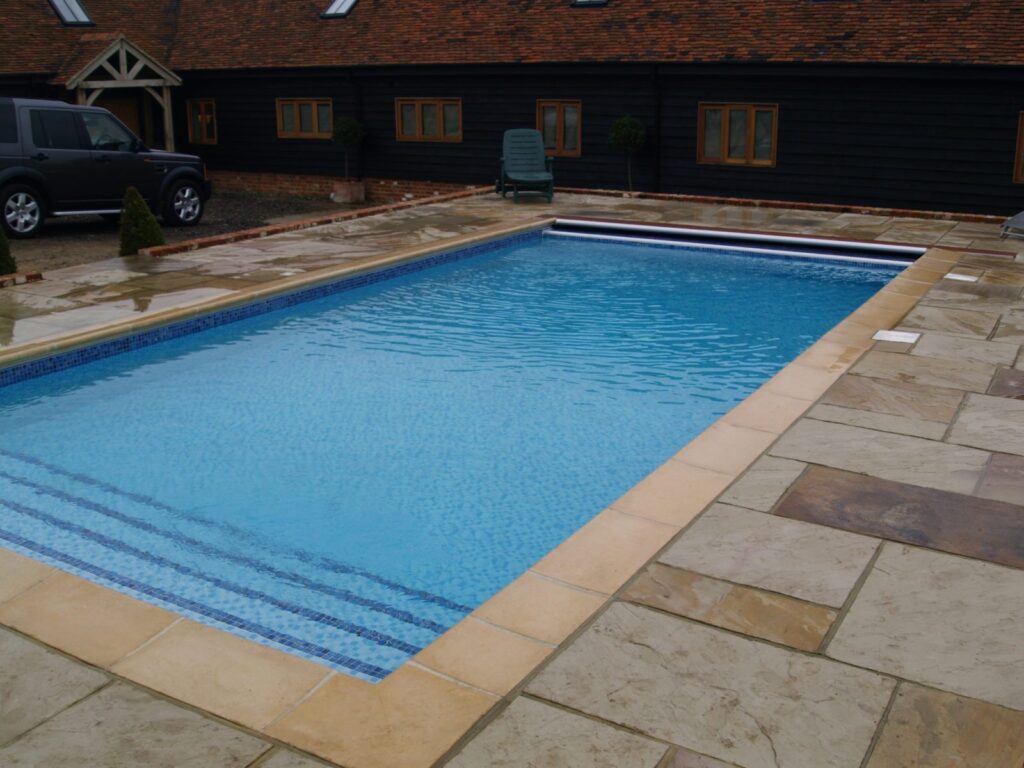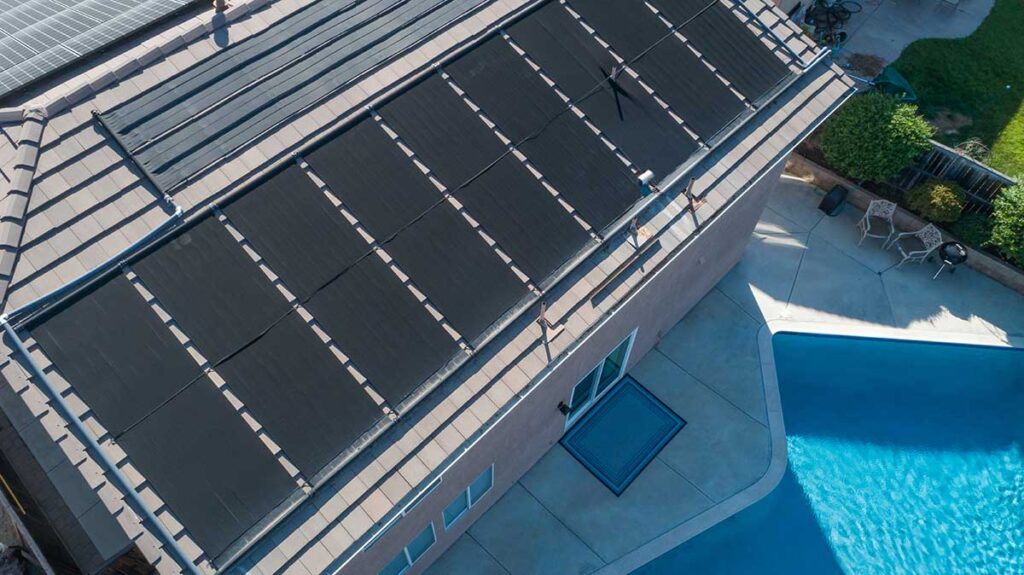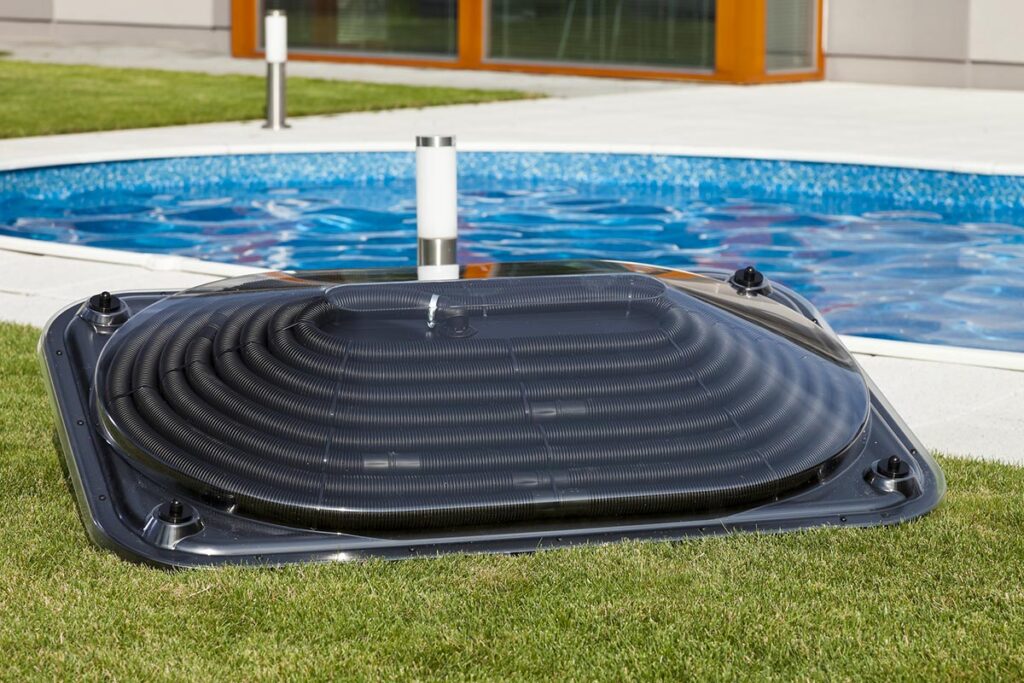
Swimming pools are great but don’t you hate when you get so warm from the sun that you cannot enter the water because it is freezing? Although getting your pool heated might sound like a thing of luxury you are not willing to waste your money on, the catch is that the heaters are not as expensive as you might think, moreover, there are other ways to heat your swimming pool. On the other hand, you can improve the conditions so your swimming pool can be warmed up more rapidly by using the same heat source. Thus, read the following lines and learn how to provide both yourself and your friends and family with an enhanced pool experience.
Whether you plan on constructing a new pool or you already have a pool but you wish to upgrade it by installing water heaters, there are certain things that you need to consider before making any decision related to your heating system which could affect the energy consumption a lot.
The Location

This one is an option if you have not yet decided where to place your pool. Namely, if heating interests you, you should consider placing your pool in a position where its exposure to direct sunlight would not be compromised. It implies the pool is not shaded by surrounding structures that would keep the water from heating naturally.
Insulation
Although it might sound awkward, you can thermally insulate your swimming pool. Actually, any pool you can think of requires some sort of insulation, but when we talk about heating the swimming pool, this particular approach is ideal for above-ground pools. It implies applying an extra layer of protection that goes all around the construction to protect it from external temperatures. A similar approach applies to inground pools, but the area that is being insulated is the surface of the water.
Namely, swimming pool covers are ideal for preserving the temperature of your swimming pool, especially if you are aware that the largest portion of energy escapes through evaporation. The protective cover prevents the water to change its aggregate states by physically limiting it, while at the same time the energy exchange between the interior and the exterior of the pool is reduced. Surely, the covers are also useful for above-ground pools, whether they have any other type of insulation or not.
Heating Systems
1. Solar

In essence, there are three ways you can warm up your swimming pool by pressing a button. The most popular and at the same time the greenest option is to use solar heaters. Since they are powered by sunlight you would have no other expenses except paying for the device and the installment. This type of heater would not be able to reach high temperatures, but you can fix that by adding additional heaters.
2. Gas
If you decide to embed a gas heater into your swimming pool you will be able to enjoy it all year long, no matter what the temperatures might be, since this monster can deal with any season and it can do it quickly. Unfortunately, this type of commodity is the priciest way to heat your pool and you can expect even additional expenses because you will have to secure its tank is full. If you want to find out more, visit PoolPeople because they will be happy to answer all your questions and will provide you with additional info on how to most optimally heat your pool.
3. Electrical
If solar heating is not enough and you reckon gas heating is a bit too much for your taste, you should consider acquiring an electrical pool heater. It is a medial solution between the two aforementioned solutions and it can even be combined with a single solar heater if additional power is necessary, since you cannot expect the sun to shine all the time. Since it can use the warmth from the air, it is easy for it to make the water as warm as you like, but the drawback is that it runs on electrical power which implies additional expenses.
Heater Position

If you opt for an electrical heater, you should be careful about where you position it in order to make use of it as much as you can. As we mentioned earlier, it uses the heat from around it and heats the water, but it also releases a portion of cold air back into the atmosphere, so the location of its exhaust should be located aloof from the pool. You should secure it can work without obstructions, so make sure nothing stands in its way or blocks the airway.
The Right Time of a Day
Although the heaters do not need your help to work their magic, they still need to be adjusted. We suggest you assert when to turn your heaters on since acting in a timely matter can help you save some money. Therefore, bear in mind that a heater will spend much more energy to reach a given temperature than to maintain it once it has been reached. The ideal solution would be to turn it on once the weather is hot so it can use as much environmental assistance as it can and leave it on for as long as you like. When the pool is not being used, make sure you lower the desired temperature so it can easily compensate it once you decide to use your pool again.
The Color
We are not sure if it would convince you to repaint your swimming pool, but it is good to know that even the color of your swimming pool affects how fast it will get warmed up. In a nutshell, dark colors such as black attract the sunlight, while white deflects sunbeams and does not retain the heat. Since now you are aware of how it works, think about whether you are willing to sacrifice the aesthetics of your pool to reduce the bills.
Although warming up a swimming pool might seem complicated, reading through the pieces of information listed above should make it a bit easier for you. At least you will know how to save a buck or two, while the water temperature of your pool remains ideal.






